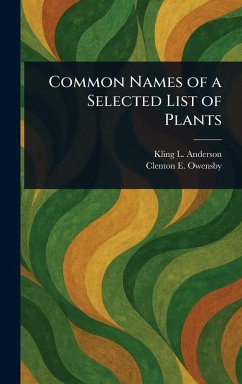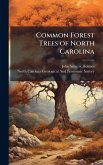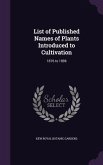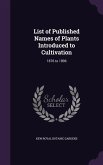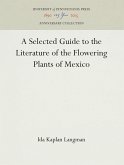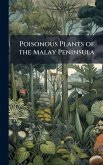Delve into the fascinating world of plant nomenclature with "Common names of a selected list of plants," a meticulously compiled technical bulletin by Kling L. Anderson and Clenton E. Owensby. This invaluable reference guide focuses on the popular plant names used in Kansas, offering a wealth of information for anyone interested in botany and the local flora. Originally published as Technical Bulletin 117, this book serves as a comprehensive resource for understanding the common names associated with a diverse range of plants. Explore the rich tapestry of plant names, and gain insight into the enduring connection between language, botany, and regional identity. Whether you are a seasoned botanist, a student of plant life, or simply curious about the natural world, this book provides a unique and enduring perspective on the language of plants in Kansas. A vital addition to any library, this book is a treasure trove for plant enthusiasts and researchers alike. This work has been selected by scholars as being culturally important, and is part of the knowledge base of civilization as we know it. This work is in the public domain in the United States of America, and possibly other nations. Within the United States, you may freely copy and distribute this work, as no entity (individual or corporate) has a copyright on the body of the work. Scholars believe, and we concur, that this work is important enough to be preserved, reproduced, and made generally available to the public. We appreciate your support of the preservation process, and thank you for being an important part of keeping this knowledge alive and relevant.
Bitte wählen Sie Ihr Anliegen aus.
Rechnungen
Retourenschein anfordern
Bestellstatus
Storno

